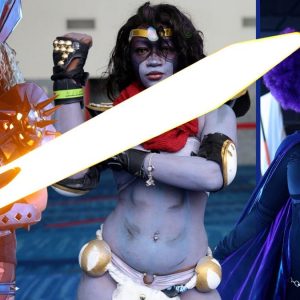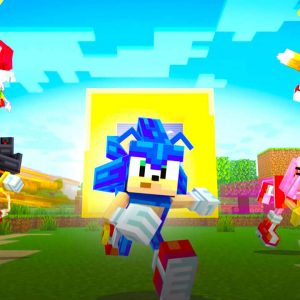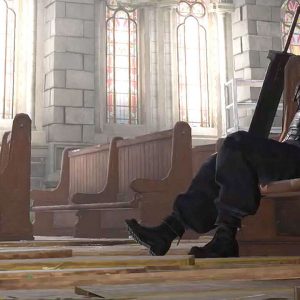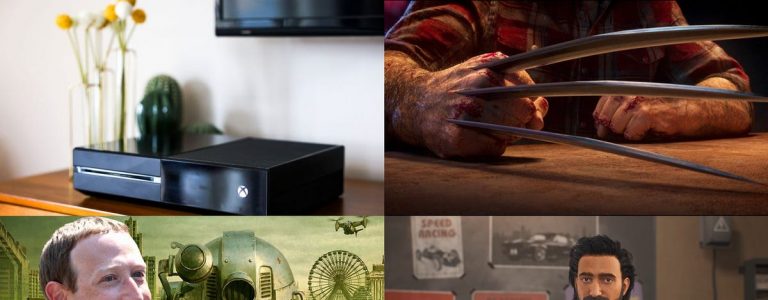Update: Six Foot has sent us a statement from COO Christian Svensson confirming the layoffs, which we are posting in its entirety.
“In August, Six Foot informed its staff of the upcoming potential for major changes to our company structure, including continued development of Dreadnought as a live product. Everyone on the games team was given the option to stay on and continue working or begin searching for other opportunities with the full support of the company and the aid of our staffing team, while still receiving pay in the interim. New updates on the company’s status were delivered to the full team every two weeks from there.
Today we regrettably confirm a reduction of about a third of our game dev workforce. We’re continuing to make available the full resources of our company to try to help those affected and their families land on their feet as quickly as possible.
We remain committed to Dreadnought’s ongoing development, growth, and the pursuit of new projects. We are also dedicated to remaining active in helping our affected family to transition as smoothly as possible.”
The original story from 8:30 a.m. CT is as follows:
Sources close to Six Foot, developers of the spaceship war game Dreadnought, have told Game Informer that the studio is attempting to stay afloat by letting a number of employees go. Dreadnought, which was made in collaboration with Spec Ops: The Line developer Yager, only released four days ago.
The situation has been a long-time coming for the company, which reportedly began telling its nearly 200 employees about money issues earlier this summer. A team meeting was held with the Six Foot CEO Matt Ballesteros, who explained to the staff that the company only had enough money to continue development for a few months, later pinpointed as mid-October. He warned his employees that anyone not comfortable with rolling the dice should feel free to leave and insisted there would be no judgment for doing so.
At the time, the Steam release of Dreadnought, which had enjoyed moderate success on the PlayStation 4, was pegged internally for a mid-Summer release. As development timelines continued to get pushed back, though, the idea of the game releasing and suddenly infusing much-needed capital into the development studio began to look more and more like a fantasy. Ballesteros tried to convey the extent to which the studio was teetering on the edge to his employees and seemed to want everyone to be keenly aware how precarious the whole situation at the studio was.
Internally, it seemed fairly well-known that October 12 would be the last day the studio could confidently pay their employees. After that date, without more money, pay could only be determined on a day-to-day basis. Six Foot shifted their entire focus to making sure Dreadnought launched as quickly as they could possibly get it out to keep everyone employed.
On October 14, the game officially launched to a fairly muted response. As Steam reviews and feedback started coming in, Six Foot started trying to stamp out the major issues, but one developer described the work as “simultaneously both hurried and spiritless.” The writing was on the wall, even though the CEO had not yet confirmed it, and it was hard to keep working knowing anyone could get ejected soon within a matter of hours.
A bi-weekly meeting two days after launch, standard through the development of the game, was pushed from 11:30 a.m. to 5:00 p.m. to give the team more time to gather data on the game’s sales and to let everyone concentrate on working on the title. From launch, reviews on Steam were mixed, and they had not rallied within the intervening days. Even fixing the game’s major issues would likely not be able to reverse the momentum, so the extra day to monitor response felt to some like it was only prolonging the inevitable hammer. By 4:00, an all-hands meeting confirmed what everyone already knew, but were still struggling to accept.
Dreadnought launched too late, the team was told. The money wasn’t there, the game wasn’t successful, and the company couldn’t keep everyone employed in the hopes that it would suddenly become successful. There were only grim solutions left for Six Foot.
“It cost about $400,000 for the last blitz/crunch/push to get Dreadnought launched on Steam,” a source familiar with the numbers told us. “Paying everyone in general costs about $80,000 a day. The game has not made anywhere near that; I do not recall the exact number, but it was less than $20,000 a day.”
The studio chose 45 employees and offered them the option to voluntarily take an unpaid leave of absence with the opportunity to resume their jobs when – if – Dreadnought ever becomes successful enough to generate a profit. Alternatively, any of the 45 could simply choose to be laid off for unemployment and remain in good standing with the company for potential rehire options should, again, Dreadnought ever come to life.
It’s the sort of choice no one there thought they would ever have to make. One developer told us that they genuinely believe, if not for a few small decisions leading to a few small delays, they would still be employed right now. The choice weighed heavily among the those affected – the game could end up simply never making enough money to get Six Foot running again and waiting for the phone call to get off the bench sounded potentially ruinous for those already struggling.
“I’m scared out of my mind right now,” one developer said after being told about the option. “I’m scared s–tless.”
The 45 employees were told to report their choices to Human Resources by 10:00 a.m. on October 17, with those who say nothing being presumed to choose the latter option and are automatically laid off. To make matters worse, not all of the 45 were present for the meeting explaining this, with several out of town after the game shipped or simply not clocked in for their shift at the time.
A source told us that they were still in shock for much of the night and simply missed the deadline, having mentally opted to take a leave of absence but, having not emailed HR until after 10:00 a.m., has since been laid off instead.
While there is some disagreement among those we talked to over how this was handled, the developers we talked to all agreed that Six Foot’s higher-ups were transparent through the game’s development that this situation was likely. The team wanted to believe that Dreadnought could release and find a place in the market, but the spreadsheets simply worked against their favor when push came to shove. For months, management told the developers that they were gambling their futures there and asked them to do what is best for them, even if it meant leaving the company. Six Foot staffing is working to help the 45 workers in any way they can, according to some of the people let go.
At the moment, a reported skeleton crew remains working on Dreadnought among the studio’s other employees, though it is unclear for how long. “It reminds me very much of the Telltale situation,” one of the sources told us.
Our best wishes go to everyone affected by the layoffs.
























